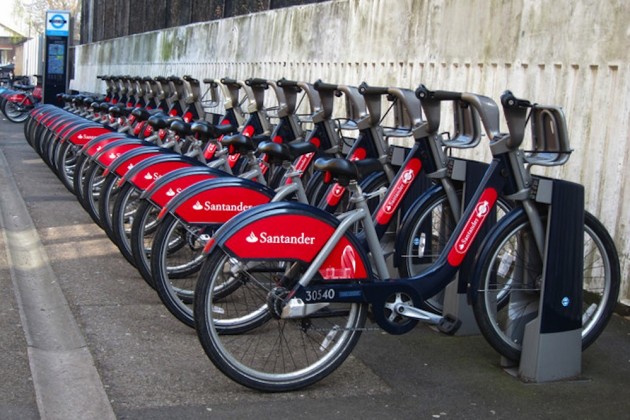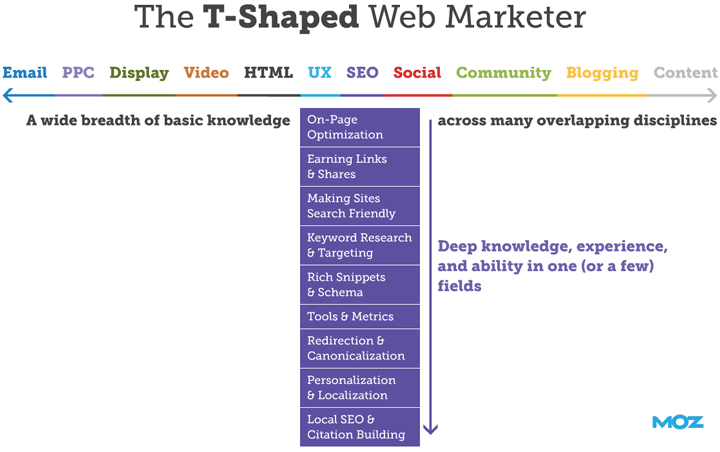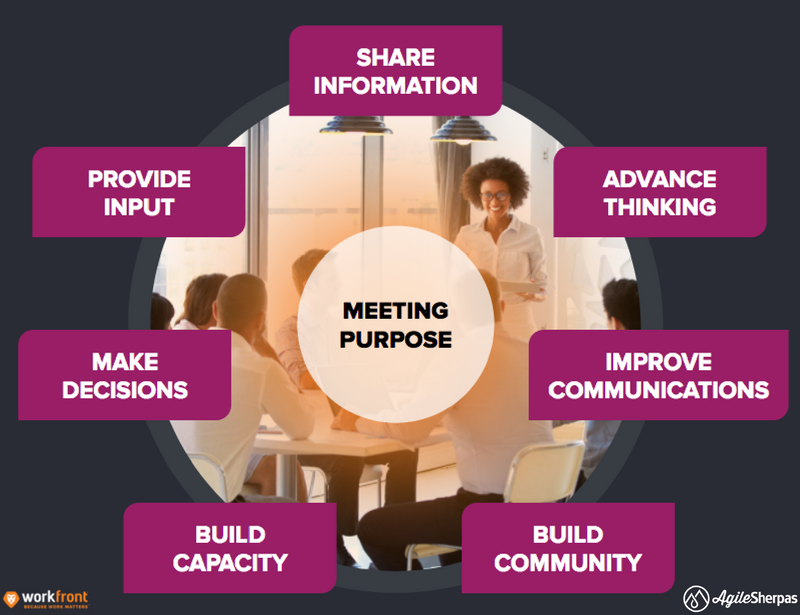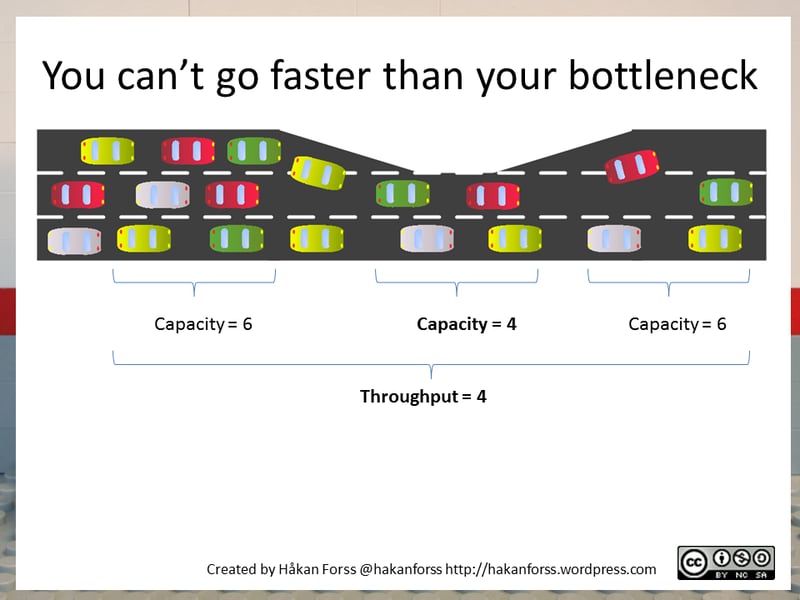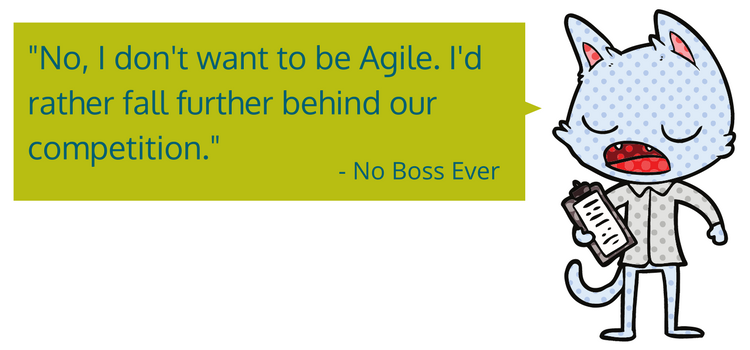-
- marketing agility
- Teams
- Organizations
- Education
- enterprise
- Articles
- Individuals
- Transformation
- Solution
- Leadership
- Getting Started
- business agility
- agile management
- going agile
- Frameworks
- agile mindset
- Agile Marketing Tools
- agile marketing journey
- organizational alignment
- Agile Marketers
- People
- Selection
- (Featured Posts)
- strategy
- agile journey
- Metrics and Data
- Kanban
- Resources
- Why Agile Marketing
- agile project management
- self-managing team
- Meetings
- Scrum
- agile adoption
- scaled agile marketing
- tactics
- scaled agile
- AI
- Agile Meetings
- agile marketing training
- agile takeaways
- Agile Leadership
- agile coach
- enterprise marketing agility
- Scrumban
- state of agile marketing
- team empowerment
- Intermediate
- agile marketing mindset
- agile marketing planning
- agile plan
- Individual
- Team
- Videos
- agile marketing
- kanban board
- Agile Marketing Terms
- agile transformation
- traditional marketing
- FAQ
- agile teams
- Agile Marketing Glossary
- CoE
- Scrumban
- agile
- agile marketer
- agile marketing case study
- agile marketing coaching
- agile marketing leaders
- agile marketing methodologies
- agile marketing metrics
- agile pilot
- agile sales
- agile team
- agile work breakdown
- cycle time
- employee satisfaction
- marketing value stream
- marketing-analytics
- remote teams
- sprints
- throughput
- work breakdown structure
- News
- agile brand
- agile marketing books
- agile marketing pilot
- agile marketing transformation
- agile review process
- agile team charter
- cost of delay
- hybrid framework
- pdca
- remote working
- scrum master
- stable agile teams
- stand ups
- startups
- team charter
- team morale
- user story
- value stream mapping
- visual workflow

It's very easy to get caught up in the specific processes involved in making marketing Agile. Creating a backlog, conducting retrospectives, and striving for cross-functional teams are all worthy goals, and each of these should be on your Agile marketing roadmap.
But the truth is, there are things you can begin doing today that will make your marketing more Agile, even without a single daily standup in sight.
Here are seven ways to increase your marketing agility right now:
- Embrace experimentation.
- Fail small and fail smart.
- Hire (or build) T-shaped marketers.
- No more dark marketing.
- Make meetings matter.
- Start hunting for bottlenecks.
- Consider your culture.
Make Your Marketing Agile With Experimentation
Gone are the days of annual marketing plans, those massive documents that departments would spend months creating and then follow doggedly until the next calendar year rolled around.
Instead, marketing must now respond in nearly real time to audience feedback and market conditions. We must be nimble, adaptive, responsive, and, in short, agile.
Those are nice aspirational adjectives in the abstract, but what does that mean in practice? It means conducting multiple low-risk experiments that you actually monitor, and whose results you actually act on.
Consider the example of Santander, a British bank that has intentionally been experimenting with its sponsored cycles throughout London. Sponsoring the bicycles was a pure brand awareness play, and Santander's CMO Keith Moor has used it as a proving ground for Agile marketing
“We have champion and challenger approaches and we are testing, testing, testing with consumers and getting feedback all the time. It’s about changing the mindset. The industry has, unfortunately, been constructed around things like long booking deadlines or production cycles and that is what we want to change. It has to change because that is not the way the world works.” - Keith Moor, CMO of Santander
The company creates deliberately low cost campaigns, spending just a few thousand pounds at a time on creative, and then waits to see how it performs before adapting and iterating.
A/B tests on creative are a good example of experimentation, but you can take it even farther.
Experiment with channels, audience segments or personas, social sharing schedules, and more. The list is basically endless; marketing options are now limited only by our creativity.
Start building rapid experimentation into your department's DNA. Once it becomes a natural part of how you construct a campaign, you'll be much closer to real marketing agility.
Fail Small and Fail Smart
When you're running small, low-risk experiments, when something doesn't work out it shouldn't feel catastrophic. Instead we should consider it merely a big learning opportunity.
It's sort of like finding a "road closed" sign before you're stuck in traffic for hours with no off ramp.
Or, if you're Dove, it's finding out that modeling soap bottles after common female body types isn't a great idea before you manufacture and ship thousands of them.
This is one of many reasons why iteration-based Agile teams are attractive: they can create and deliver something in a short period of time.
So their failures are both small (because they encompass no more than a few weeks of effort) and smart (because the projects were deliberately chosen from a list of other potential work).
Lessons are valuable, but failures aren't crippling.
Before you learn how to create a T-shaped marketing army, why don't you take a second and get our Agile Marketing Quick Start Guide?
Create a T-Shaped Marketing Army
Much of the speed and experimentation that you find on Agile teams relies on cross-functionality, or having a team that incorporates all the necessary skills to complete its work.
Cross-funrecentctional teams don't have to hand work off other other departments or to external contributors very often, which means they spend less time waiting on other people and more time putting work in front of their audiences. Therefore, striving for a greater variety of skills on your team is an easy way to expand its agility.
The problem is that in marketing we don't want to sacrifice the specialization that allows certain kinds of marketers to be amazing.
We need fantastic writers, designers, strategists, and analysts whose years of experience allow them to do innovative work that still delivers on business objectives. But if our writers can't log in to Google Analytics and our analysts can't come up with an email subject line, we're limited in how much we can do at any given time.
It's a fine line to walk.
So we aim for t-shaped marketers:
These folks have a specialization in one part of marketing, but they also have a strong, diverse knowledge base across practically all marketing disciplines.
Becoming t-shaped requires hands-on work; you can't learn this stuff from watching a bunch of webinars. That means marketing departments have to deliberately foster an environment of learning, where people are encouraged to try new things and expand their skills.
Agile marketing departments are more likely to operate this way, and, conversely, departments that value t-shaped employees are more likely to increase their agility. So hire or build a t-shaped marketing army on the double.
Bring Marketing Into the Light
As you start taking steps toward making marketing Agile, don't be secretive about your efforts. Share what you're doing and what you hope to achieve with people inside and outside of the marketing function.
Sometimes this is hard, because historically marketing has often been treated like magic.
We don't reveal its secrets to the uninitiated, and when it works we trot out the results as if they were produced through some mysterious alchemical process that we may not be able to repeat.
When it doesn't work, we blame capricious marketing deities.
Instead of all this smoke and mirrors, visibility and transparency must become the hallmark of teams that truly value agility in marketing.
Agile teams create huge whiteboard walls covered in sticky notes not because we own stock in 3M, but because making information public is a powerful practice. Cancel those closed door strategy sessions attended only by the top brass and incorporate transparency into both your planning and execution.
Make Meetings Matter
Even if you can't wave an Agile wand and transform tedious status meetings into efficient daily standups, you can still improve the quality of your meetings as you journey towards greater marketing agility.
Recent research shows that 57% of knowledge workers say wasteful meetings get in the way of their work, so it's clear there's plenty of room for improvement here.
Try one (or all) of these three tips for better meetings:
Set a Purpose and a Timebox
There are lots of legitimate reasons to have a meeting. You may be there to:
- Share information
- Provide input
- Make decisions
- Build capacity
- Build community
- Improve communications
- Advance thinking
Any and all of these are good reasons to bring a group of people together. Problems arise when those people don't know the purpose. If we're supposed to be sharing information but I haven't been given notice to prepare, it's going to be very hard for me to be a useful attendee.
Clearly identify the meeting's purpose up front, and be sure it's clearly communicated to all attendees at least 24 hours in advance.
Likewise, let everyone know how long the meeting will run, and hold firmly to that timebox. This boundary can provide a sense of urgency as well as convey your respect for your attendees' time, making everyone more likely to attend and participate.
Always Have a Facilitator
Don't ever have a meeting unless someone is explicitly designated as its facilitator. You need someone to be responsible for running the meeting who's had more than five minutes to prep and whose job it is to help guide the group to its stated meeting goal.
Facilitating meetings can be a lot harder than it sounds, so don't be afraid to invest in some formal training if your meetings aren't doing their jobs.
More Meetings Are Not the Answer
Never schedule a meeting to follow up on a meeting.
If you haven't met your stated meeting goal by the end of your timebox, ask the attendees if they're willing to extend the meeting until the goal is achieved. If they aren't, you need to figure out a way to get there outside of the meeting context.
You may find that explicitly incorporating Agile meetings, like daily standups or retrospectives, will allow you to meet less often but more productively, so these "failed" meetings might actually be a step in a more Agile direction.
Start Hunting Bottlenecks
You can't go faster than your bottlenecks, points in the process where the flow of work gets squeezed to accommodate a limited resource or process deficiency. So get in the habit of hunting them down and ruthlessly eliminating them.
Routinely ask yourself and your teams, "What's our biggest hold up? Where could we improve?"
It's not shameful to be a bottleneck for a team; it's rarely someone's fault that work is getting stuck with them. More often it's a sign that the process is breaking down there, or there's a resource shortage that needs to be addressed.
As you hunt bottlenecks, don't turn it into a blame game for individuals.
Bottlenecks are easier to identify objectively when you have a visualized workflow, but you can still feel them out intuitively without visualization. Start your search by asking, "Who is always overworked? What team is universally more stressed than the others? Who is everybody always waiting on?"
Consider Your Culture
The former six options for making marketing Agile are all great steps in the right direction, but it's tough truth time: very little of this will be possible if your corporate culture is strongly anti-Agile.
You may be able to sneak some of these practices into a marketing department, but if you're living in crisis mode from 7am to 7pm, it will be VERY hard to innovate or increase agility.
Keep in mind that very few executives will say, "Nope, I don't want us to be more agile. I like plodding along and being left behind by the competition." They'll give lip service to agility, but when push comes to shove they may balk at learning through failure or paying to train t-shaped marketers.
If you need to sell Agile up to a boss, think about how you can make it a gradual shift instead of a major disruption. What might that first step look like? What's a small win you could get to quickly to prove the value of a larger project?
Culture can make or break any kind of large-scale change, so don't ignore this piece of the puzzle.
Make Marketing Agile One Step at a Time
"Going Agile" can be an intimidating prospect, and for good reason. Agility in marketing requires a different way of thinking along with new processes and practices.
But before you run out and buy a fancy piece of software or paper your entire wall with sticky notes, start with a few of these broader adjustments. They'll help move your department towards an Agile mindset steadily, so when the time comes for backlogs and standups you'll be far more prepared.
Before moving on, don't forget to get your Agile Marketing Quick Start Guide.
Topics discussed

Andrea Fryrear is a co-founder of AgileSherpas and oversees training, coaching, and consulting efforts for enterprise Agile marketing transformations.
Improve your Marketing Ops every week
Subscribe to our blog to get insights sent directly to your inbox.

